How service changed the lives of the kings and queens of local RSLs
Veterans from World War II say they would pick up a rifle again tomorrow to protect Australia as they come together to mark Anzac Day. Meet some of those heroes here.
National
Don't miss out on the headlines from National. Followed categories will be added to My News.
John Cutler regularly climbs on to his mobility scooter and trundles down to his RSL, where he sits at the table named in his honour and the staff know what to serve him for lunch.
Rumour says that Cutler doesn’t have to pay. Call it one of the perks of being a living monument.
At 100, he’s been a local fixture in Mildura for his whole life, apart from those few years three generations ago when he risked everything for something far bigger than himself.
He was 18, and a few days, when he enlisted in the Royal Australian Air Force to serve in New Guinea and the Philippines with intelligence units which decoded Japanese plane signals.
He explains that it was his duty to leave the family farm and enlist as soon as he came of age. His mates did the same.
“It seemed to be the thing to do,” he says.
Keith Buck, a World War II commando, is just as understated.
At 18, untrained in war, or indeed life, he just wanted to join the rush.
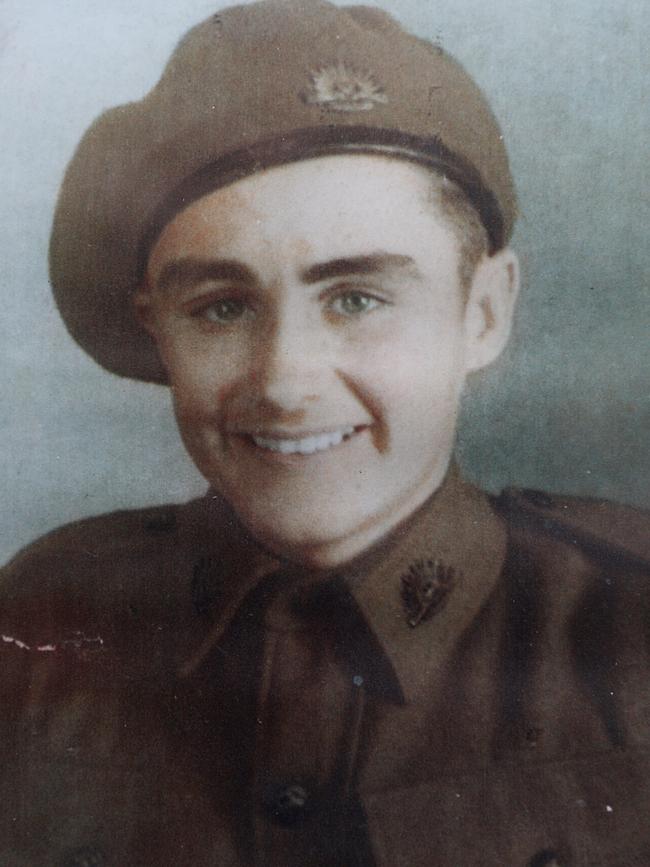
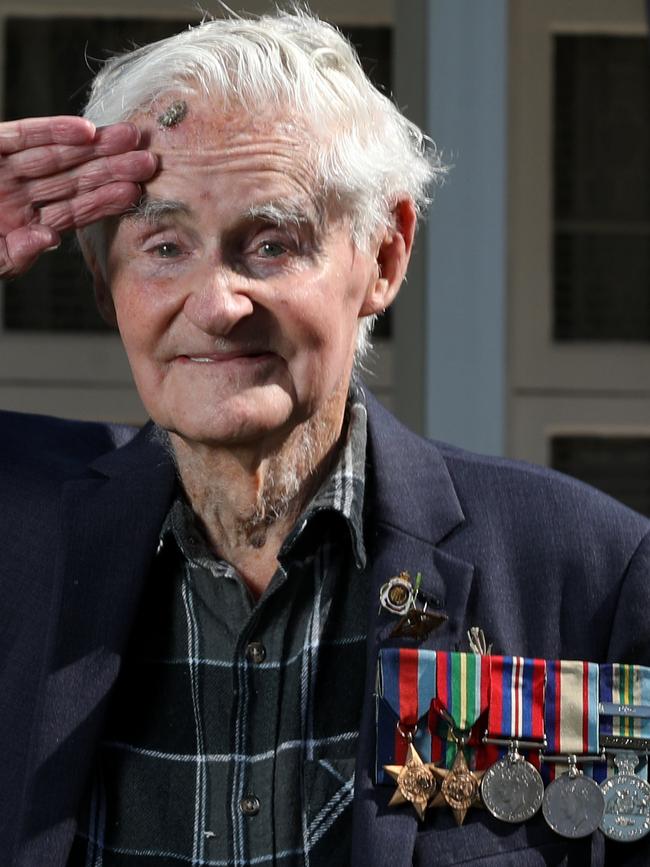
Robert MacArthur joined the merchant navy when he was 15.
At 17, he tried to join the navy but discovered he was colour blind.
At 18, finally, he was accepted by the army.
MacArthur swears and grumbles, albeit with dollops of self-deprecation.
He basks in the love of his family when he isn’t railing against the horrors of romance reality TV.
He turns 100 in a few days.
“I’d do it again tomorrow if need be,” he says of going to war.
“Give me a rifle. That’s how I feel about Aussies. You can’t beat this place.”
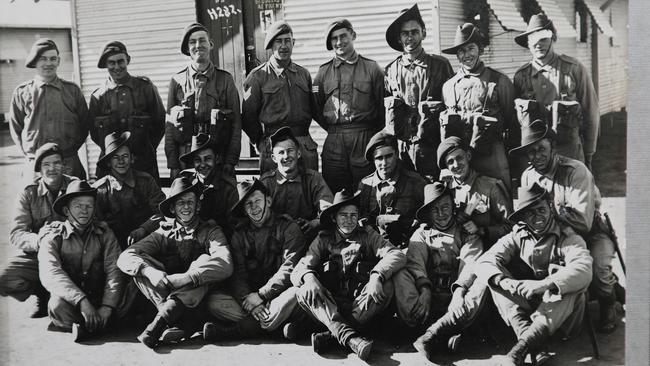
Val Blackett expresses a similar pride. As an army officer said after she joined up, she had “the most important job in Australia”.
She had been rejected for the Australian Women’s Army Service at 17.
She was told to return after her birthday, when she was “18 going on 10”.
“You’ll be sorry, you’ll be sorry,” passers-by said as Blackett and the other newest AWAS recruits walked from Sydney’s Victoria Barracks to Central Station.
“We were looking at each other, this motley group of girls, and thinking that maybe it’s true,” she says.
But Blackett wouldn’t be sorry, even when a bullet lodged in her head.
She and Buck were children of World War I veterans, unlike Melbourne’s David Westwood, who enlisted at 18 against his father’s hopes that he’d join the public service.

He became a radar mechanic, a nation’s eyes and ears for the approach of submarines, ships and planes in Australia and Borneo.
“Just doing my bit,” he now calls it, echoing the humble line from each of these World War II veterans.
They’re strangers, these people, united by longevity as members of an exclusive club. They are the kings and queens of their local RSLs for whom cups of tea or glasses of beer magically materialise.
They battle wonky legs. Hearing can be patchy. Their memories play tricks. They trust in landline phones and miss the cars they can no longer drive.
The youngest surviving veterans of World War II are nudging 100.
Their wartime mates, those people they relied upon in their hairiest moments, are gone. It’s expected that only 800 World War II service people will still be with us by the end of next year.
They were products of the Depression, unburdened by the expectation or entitlement that sometimes seems to throw the younger generations of today.
They offered their services – and lives – for a threat far greater than cost of living or university debt. Was it patriotism, duty or generosity of spirit? Or an easy blend of each?
Blackett remembers the giddy joys of jitterbugging. Cutler recalls Clydesdales on the farm before tractors came along.
Their photos from the time hint of kindness in the eyes and a lightness of manner, of an innocence which predated social revolutions and social media.
Their senses of humour have not dimmed, and they all apply their old age as a starting point for jokes.
In each case, their service changed who they were.
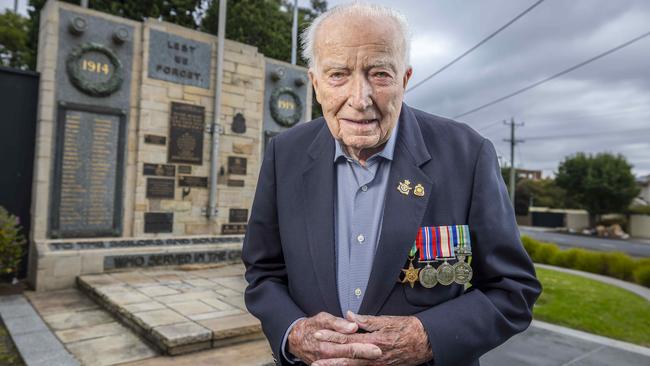
Cutler liberated prisoners-of-war and survived kamikaze pilots.
The Japanese suicide missions of the Allies’ Lingayen Gulf invasion of 1945 were confronting. Planes, loaded with explosives, nosedived at ships in the pursuit of maximum destruction.
“When you are 18 or 19, it doesn’t terrify you as much as when you are older,” he explains.
In Rabaul, MacArthur, of Sydney’s southwest, saw a mass grave of his countrymen, their bodies tied and ill-treated. These days, he might forget a name or detail. But he doesn’t forget that.


Keith Buck, of Brisbane, attacked a Japanese-held village in New Guinea. He doesn’t like to talk about it, except to admit that he would never be as carefree as he once was.
“It’s not a very nice feeling, I can tell you,” he says of a battle in which an estimated 240 soldiers were killed.
“We got done what had to be done.”
They enlisted when their country was in peril.
The Japanese enemy had bombed Darwin and shelled Newcastle, the nation’s production capital for defence armaments.
A Japanese submarine had hit a ship and killed 21 people in Sydney Harbour.
Singapore, the supposed bastion of British empirical might, had fallen early in 1942, and 15,000 fellow Australians, many raw of service, were doomed to death or prison as Japanese prisoners of war.
The cruel Japanese were coming, went the national fear, to brutalise the men and rape the women. History shows that the enemy was not as imminent as feared, but crystal balls offered little solace at the time.


Blackett was a gunner, as was her father and two uncles in World War I. Thirty or so “girls” did night shifts at Wave Battery on Newcastle’s port.
They huddled in concrete gun pits and clung to one another. They were well-drilled and knew what they had to do, but Blackett “was petrified half the time”.
Humour was the best antidote, she says, to the nerves of waiting for the approach of a Japanese plane or submarine.
There were other challenges, such as the initial resistance of the men.
“Some of the men, when they realised the girls were coming in, they started to complain that they’d probably have to do all the work and look after the women,” she says.
“The officers said no, everyone is going to be equal. When chores were divvied up in the morning, it didn’t matter if you were a man or a woman.”
Blackett was on duty and looking after the boiler, which heated the water, when she heard a bang and felt something hit her above the left eyebrow.

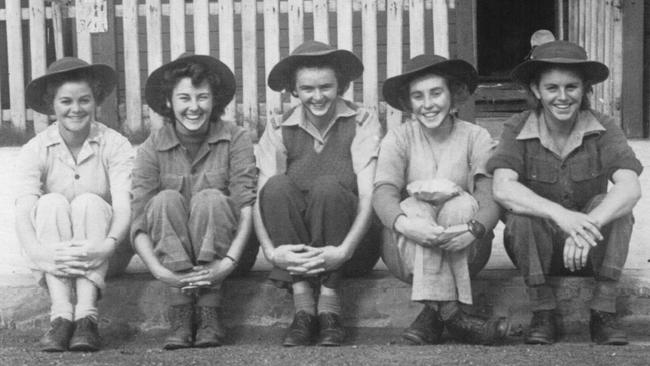
Her hand came away smeared in blood. The nurse described a little hole – and prescribed a couple of Aspros.
Blackett kept fainting on duty in coming days. Tests showed a bullet in her head. It may have been in the boiler, but no one ever figured out where the bullet came from.
She was hospitalised and operated on. When the bandages came off, she received a number of marriage proposals from the male patients.
Blackett has outlived the lifelong friends of her border patrol shifts, but she has kept her precious connections with them.
“They’re all gone now, but the daughters of quite a few of them are my best friends,” she says.
“And that’s wonderful.”
The World War II service people will march on April 25, at least the ones who are still able.
Westwood will be driven by a volunteer – in a Maserati.
MacArthur looks forward to the handshakes and pats on the back, the strangers who just want to say thanks (and the politicians who want a photo with him).
As Cutler points out: ‘I’ve got most of my marbles, so look out.”
More Coverage
Originally published as How service changed the lives of the kings and queens of local RSLs





